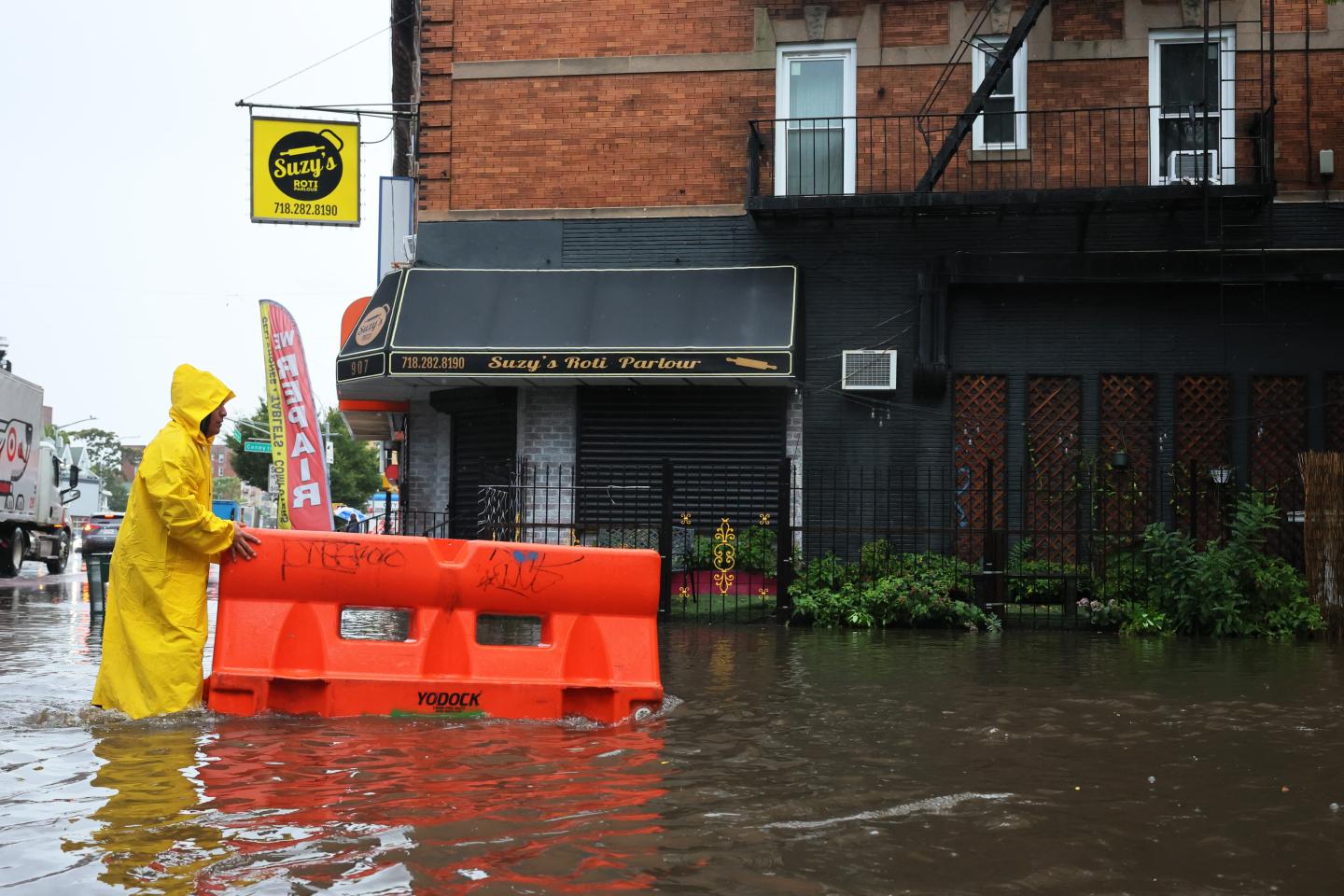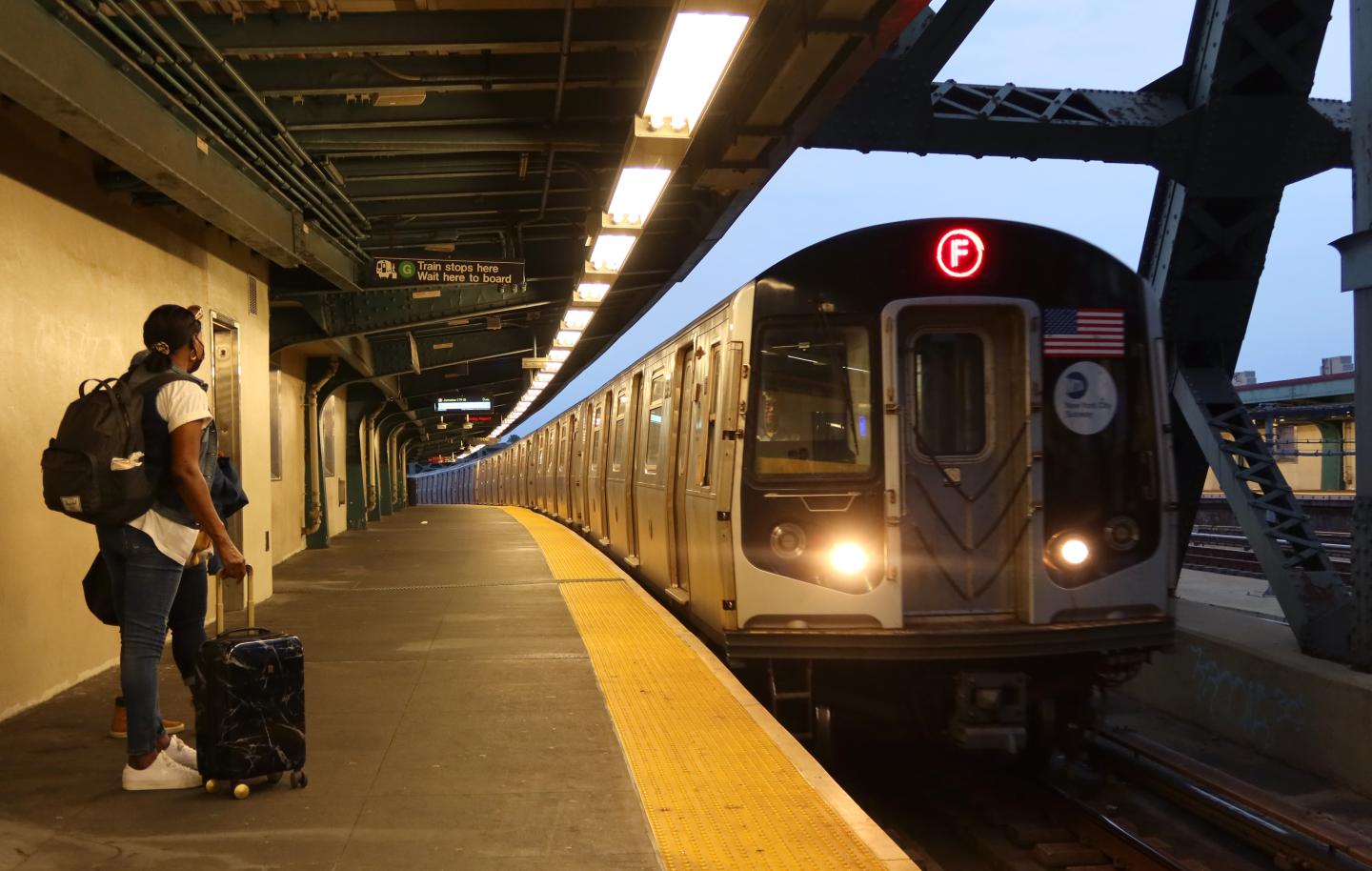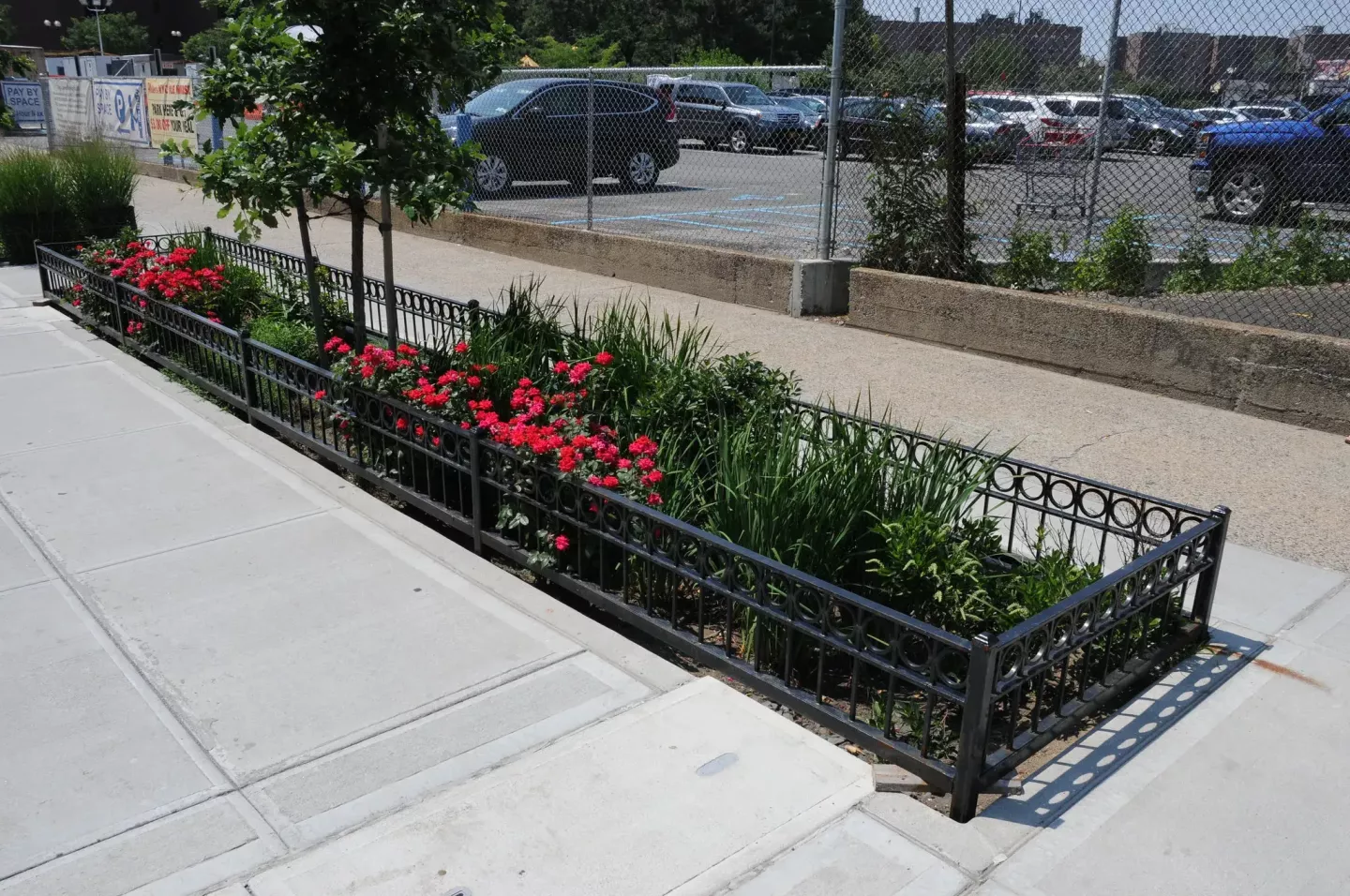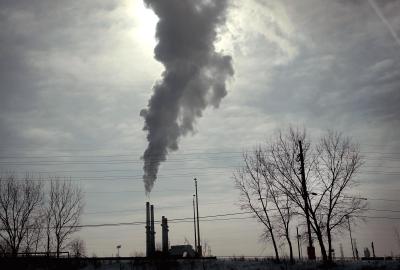Climate change, heavy rains reveal (literal) cracks in New York City’s subways
New York’s Metropolitan Transit Authority has invested billions to repair and fortify stations, tunnels and rail yards in the decade since flooding from Superstorm Sandy crippled the city’s subway and rail operations.
Still, a torrential downpour on Friday shut down or disrupted nearly all subway lines and some overground commuter trains, even as pumps pushed millions of gallons of floodwater out of the system.
Very hazardous conditions at 7th Ave Q-B @mtanowbdfm station. pic.twitter.com/SEVtDeyCtx
— Alex Vitale (@avitale) September 29, 2023
As basements flooded and water lapped up against car windows, transit snarls left people stranded for hours, including children trying to get home from school. In Brooklyn, where the flooding was most intense, Elaine Kim waited anxiously for her 8th grade daughter, Ayumi, to navigate her way back from uptown Manhattan.
“The only subway she could take to Brooklyn was the F, which is nowhere near her, and she had never taken it before,” says Kim. “We got no direction from the school. These kids were left to navigate this broken down system by themselves. I felt like the city was completely unprepared.”

Heavy downpours like this are unquestionably the new normal across much of the country. In the Northeast, the heaviest storms dump 70% more water than they did 60 years ago. And scientists project that heavy rains will become more frequent nationwide in the coming decades as the climate continues to warm.
Advocates say there’s plenty of room for improvement in how cities handle this increase in flooding.
“We need to make sure that our basic infrastructure can function in this new reality,” says Environmental Defense Fund’s Kate Boicourt, director of coastal resilience for New York and New Jersey. “We need to prepare for heavy rains instead of paying six times more to repair after the fact.”
Funding for critical transit improvements
One plan currently being hashed out in New York could provide a critical source of funding for transit, including improvements to reduce flood risk.
Congestion pricing, a plan to reduce traffic, fund public transportation and improve air quality, received federal approval last year, and will charge a fee for vehicles to enter Manhattan’s central business district below 60th Street.

“Congestion pricing isn’t just a traffic reduction program,” said Mary Barber, EDF’s state director for New York and New Jersey. “It’s foundational for the sustainable future of New York, for its climate goals, and for the public transportation system that millions rely on every day.”
The exact structure of the plan, expected to launch in spring 2024, is under discussion, but it will generate $15 billion toward capital improvements for the MTA’s transit system, while reducing climate and air pollution across the city.
“Obviously we’re going to spend a lot of that money … on things that will make the subway system more resilient for these more repetitive climate events,” said MTA CEO Janno Lieber.
Simple upgrades like subway grate covers and flood walls in stations would help keep riders and tracks dry, said Lisa Daglian, Executive Director of the Permanent Citizens Advisory Committee to the MTA.
Comprehensive planning and leadership
The uptick in flooding threatens more than just transit. Housing, health and water systems all face serious challenges from flooding, sea level rise and other climate change impacts.
Preparing communities to meet these systemic challenges requires comprehensive, coordinated planning across city, state and federal agencies. “Right now, the approach is piecemeal,” says Boicourt.

In New York State alone, at least five separate agencies deal with climate resilience efforts. While some promising solutions to hold back water from overburdened storm sewer systems, such as green roofs and rain gardens, sprang up after Sandy, implementation is scattershot.
Major flood protection plans have also failed to consider the risks posed by downpours. A multibillion-dollar flood protection project recently proposed by the federal government overlooks rain-related flooding to focus on Sandy-like storm surge events.
Flooding from even minor rain plagues some communities on a regular basis; flash flooding from heavy rains in 2021 killed 11 people in basement apartments in New York City.
“It’s going to take strong political will, coordination and commitment to build a resilient city,” says Boicourt.


